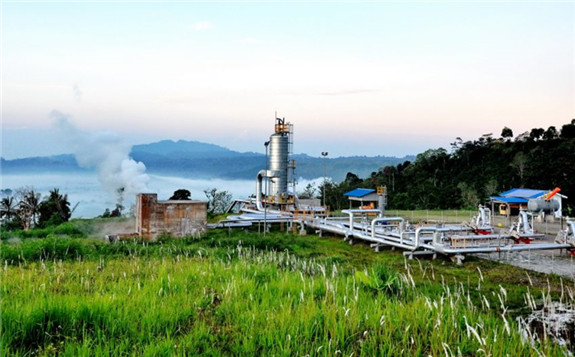One of them, according to Harry, was the emergence of the opinion that geothermal utilization would disrupt the ground water level which had been a source of community livelihood, both for agriculture and other needs.

“This is clearly wrong. “Geothermal Indonesia, which is located in the mountains, is used to heat from a depth of 1.5 – 2 km so that it does not disturb the condition of the groundwater at a depth of less than 100 meters,” he said at the ADPPI Secretariat in Jakarta, Thursday (03/28/2019).
He added, what happened to geothermal Mura – Zala Basin, Slovenia, was different from Indonesian geothermal. Geothermal used in that place comes from a depth of less than 1 km and is only used for household heating, not in mountainous areas and not for electricity generation.
“So it is not right if there are parties who compare the geothermal Slovenia with Indonesia. In Slovenia, which is a comparison, there is no electricity coming from geothermal because Slovenia does not have a volcano, “he said.
On the other hand, explained Harry, geothermal utilization in the world is not only now, but has been a long time. Among them as a source of energy for heating, drying onions, drying wheat or tomatoes.
“And it is most widely used as an electric energy generator because of its renewable and environmentally friendly characteristics. “Because of the friendliness of the environment, international NGOs such as WWF and Greenpeace support the development of geothermal energy to replace fossil energy,” he explained.
In Indonesia alone, he explained, electricity from geothermal energy has been used since 1974. Until now Indonesia has used geothermal electricity of 2000 MW and is number 2 in the world as a user of geothermal electricity after the United States.
“Along with its use for electricity, geothermal in Indonesia has provided benefits directly felt by communities around the development area. Visiting a geothermal project is one way to accurately know the immediate benefits of geothermal for the surrounding environment, “Harry explained.
Regarding the issue of climate change which is now becoming the focus of world attention, Harry stated, climate change is mainly caused by the burning of fossil fuels, including coal, petroleum, gas, and natural gas. These fuels produce carbon dioxide (CO2) and the main greenhouse gas.
“The excessive amount of greenhouse gases and the increase in global temperatures make the climate unstable, so that our health and the health of the global ecosystem are in danger,” he explained.
For geothermal power plants (PLTP), continued Harry, follow-up emissions that will cause greenhouse gases are very small.
“Emissions from the PLTP include radon, arsenic, and mercury. But without any PLTP, the emission is still there because it is an element in nature that emerges from the earth in the volcano area, including at the location of hot springs, steam (gabuo) and craters. But because the amount is very small, there is no impact felt by us who live in the volcano area, “he said.
On the other hand, continued Harry, the composition of radon, arsenic, the very small mercury included in the PLTP, must be returned or injected into the reservoir through injection wells. This is in accordance with Minister of Environment Regulation No.19 of 2010 concerning Waste Water Quality Standards.
So, said Harry, all geothermal systems in Indonesia are closed systems, which means that no waste will be discharged to the surface through rivers or water bodies.
“Therefore, the emission of PLTP is very much different from the emissions due to gold mining that has been running a lot in West Sumatra. The emission of PLTP is very small, then the small amount is not disposed of but returned again, so this is why geothermal energy can be said to be environmentally friendly, “he said.